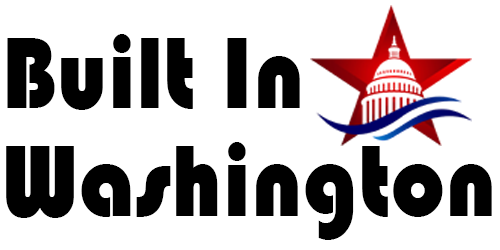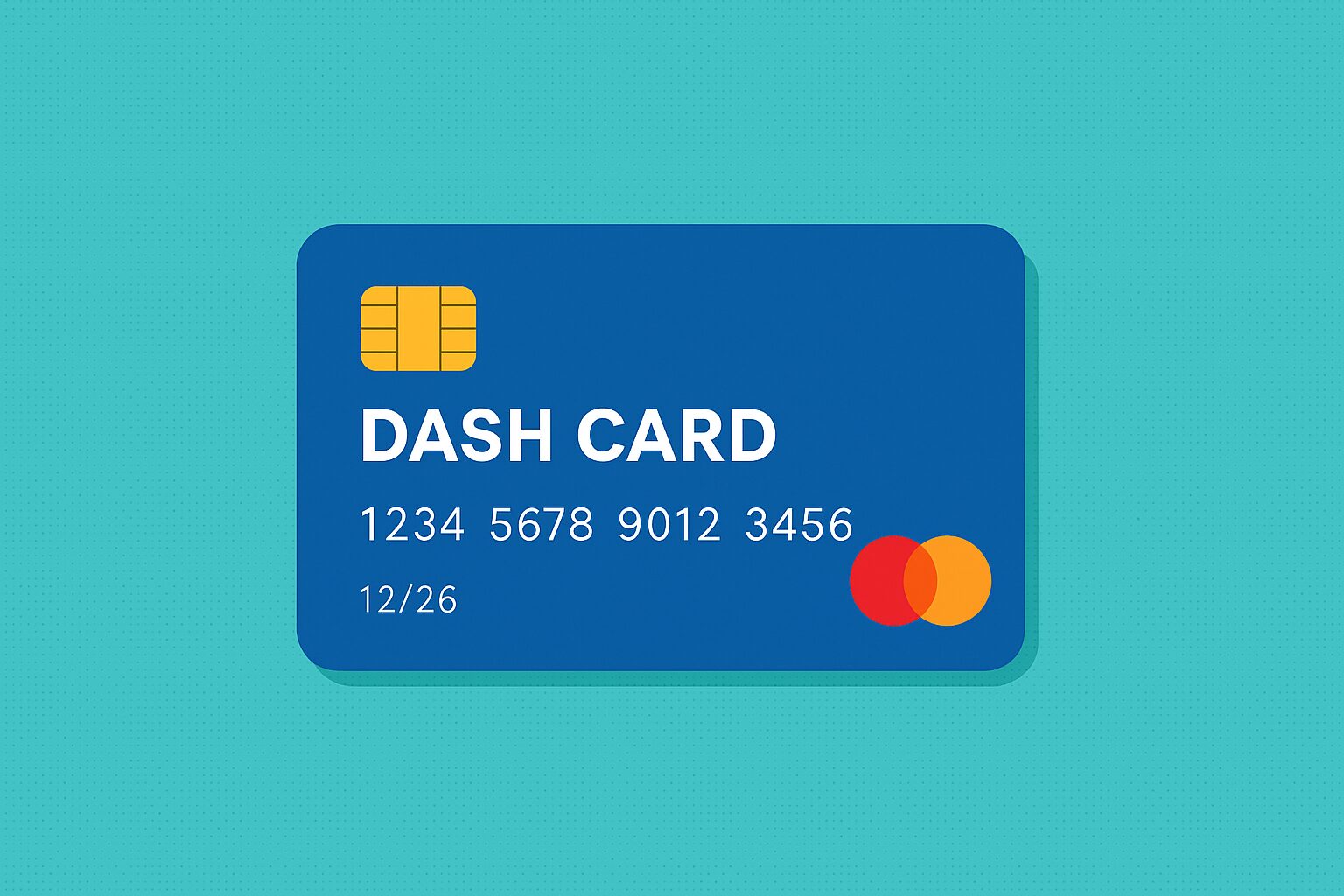The Dash card is a prepaid debit card designed to help users manage spending with ease and control. Unlike traditional credit cards that allow borrowing up to a limit, this card allows users to load a specific amount of money and spend only what is available. It functions similarly to other prepaid debit cards but offers features tailored toward families, especially parents who want to teach their children financial responsibility.
The concept behind such a card is simple: preload funds, use it where Visa or Mastercard is accepted, and track transactions via a mobile app. Many families use this system to give their teens spending money while maintaining oversight on how the money is used.
How Does a Dash Card Work?
The Dash card works on a prepaid system. Here’s a step-by-step overview of how it operates:
- Loading Funds: Parents can load money onto the card from their bank account or debit card.
- Spending: Once funds are loaded, the card can be used for online purchases or in physical stores.
- Monitoring: The companion mobile app allows users to view transactions in real-time, set spending limits, and even freeze the card if needed.
This system is particularly helpful for families with teens, as it gives young users the freedom to manage money while allowing parents to provide oversight. The mobile app acts as a control center, giving users the ability to manage the card from anywhere.
Benefits of Using a Dash Card
One of the biggest advantages of the Dash card is the level of control it offers. Whether you’re a parent trying to teach budgeting or a traveler seeking a secure way to carry funds, this card provides numerous benefits:
- Parental Control: The card allows parents to monitor spending, set budgets, and teach financial responsibility.
- No Risk of Debt: Since it’s prepaid, users can’t spend beyond the loaded amount—eliminating the risk of debt.
- Safe for Online Shopping: It can be used for secure online transactions without exposing a main bank account.
- Immediate Fund Transfers: Parents can instantly send money to the card via the app in case of emergencies.
- Teaches Money Management: Teens and young adults learn the value of budgeting and tracking spending.
These benefits make it a valuable tool not just for kids, but for anyone who wants to avoid the pitfalls of credit cards while retaining the convenience of electronic payments.
Who Should Consider Using One?
Although the Dash card is ideal for parents and teens, its uses go beyond family finance. Here’s a breakdown of who might benefit:
- Teenagers and College Students: It allows them to practice spending responsibly without credit risk.
- Frequent Travelers: A great option for carrying funds while traveling without exposing main bank accounts.
- Budget-Conscious Adults: Helps individuals stick to monthly budgets by loading only a certain amount.
- Small Business Owners: Employers can issue cards to employees for business expenses with preset limits.
Anyone who wants a secure, trackable, and limited way to spend money without the strings attached to credit lines will find value in this prepaid card system.
Key Features and Mobile App Functionality
A standout feature of the Dash card is its integration with a robust mobile application. This app provides comprehensive control, making the experience smooth and secure for users.
App Features Include:
- Real-Time Transaction Alerts: Get notified the moment a transaction is made.
- Spending Categories: See exactly where the money is going, whether it’s dining, shopping, or travel.
- Instant Freezing: Temporarily disable the card from the app if it’s lost or stolen.
- Multiple User Accounts: Ideal for families with multiple children or for managing different budgets.
The app enhances transparency and makes it easy for users to adjust their spending habits based on detailed data.
Dash Card vs. Traditional Debit and Credit Cards
When comparing prepaid cards like the Dash card to traditional debit or credit cards, several differences become apparent:
| Feature | Dash Card (Prepaid) | Debit Card | Credit Card |
|---|---|---|---|
| Linked to Bank Account | No | Yes | No |
| Spending Limit | Preloaded Amount | Account Balance | Credit Limit |
| Risk of Debt | None | Low | High |
| Builds Credit | No | No | Yes |
| Overdraft Possibility | No | Yes | N/A |
Prepaid cards stand out for safety and simplicity. However, they do not contribute to building a credit history, which may be a disadvantage for some.
Security and Fraud Protection
Security is a critical aspect of any financial tool. The Dash card offers several layers of protection to keep user funds safe:
- EMV Chip Protection: Reduces the risk of data theft during card-present transactions.
- Freeze and Unfreeze: In case of loss, users can immediately freeze the card using the mobile app.
- Two-Factor Authentication: Added security when logging into the app or making significant changes.
- Purchase History: Helps detect and report unauthorized activity quickly.
Though not FDIC-insured like a traditional bank account, most prepaid card providers use partnerships with banks to offer a similar level of fund protection.
Potential Drawbacks to Be Aware Of
No financial product is without its downsides. Here are some potential cons of using the Dash card:
- Fees: Some providers may charge monthly fees, reload fees, or inactivity fees.
- No Interest or Rewards: Unlike credit cards, there’s no opportunity to earn rewards or build credit.
- Limited Use Cases: Some merchants or services may not accept prepaid cards.
- Dependency on the App: Full functionality often requires using the mobile app, which might not suit every user.
Understanding these limitations can help users decide if this card aligns with their financial needs and habits.
How to Get a Dash Card
Applying for a Dash card is typically straightforward and doesn’t require a credit check. Here’s how most users can get started:
- Visit the Official Website: Fill out a basic application with personal details.
- Create a Parent/Guardian Account: If you’re setting one up for a minor.
- Load Initial Funds: Link a bank account or debit card to fund the card.
- Download the App: For tracking and management.
- Receive Card by Mail: Physical cards are usually shipped within a week.
Some providers also offer virtual cards for instant online use before the physical card arrives.
Is the Dash Card Worth It?
If you’re a parent wanting to teach financial responsibility or someone who needs a safe way to spend without risking credit, the Dash card is a smart choice. Its combination of simplicity, security, and parental oversight tools makes it especially effective for family use.
However, if you’re looking to build credit or earn rewards on purchases, you may need to explore other options such as secured credit cards or cashback credit cards.
Alternatives to the Dash Card
Before making a decision, it’s good to explore other prepaid cards and family-focused financial tools. Here are a few:
- Greenlight: Another family-focused prepaid card with investment options.
- GoHenry: Prepaid debit card for kids with customizable controls.
- FamZoo: Includes family banking tools and financial education.
- Bluebird by American Express: No monthly fees, wide acceptance, and optional family subaccounts.
These alternatives may offer different features or fee structures, so comparing them can help you choose the best option for your specific needs.
Final Thoughts
The Dash card is a practical financial tool for families, teens, and anyone who prefers to avoid traditional banking risks. With built-in controls, real-time tracking, and ease of use, it helps foster better money habits without the fear of overspending. Its value lies in teaching financial literacy early and promoting responsible spending in a cashless world.















